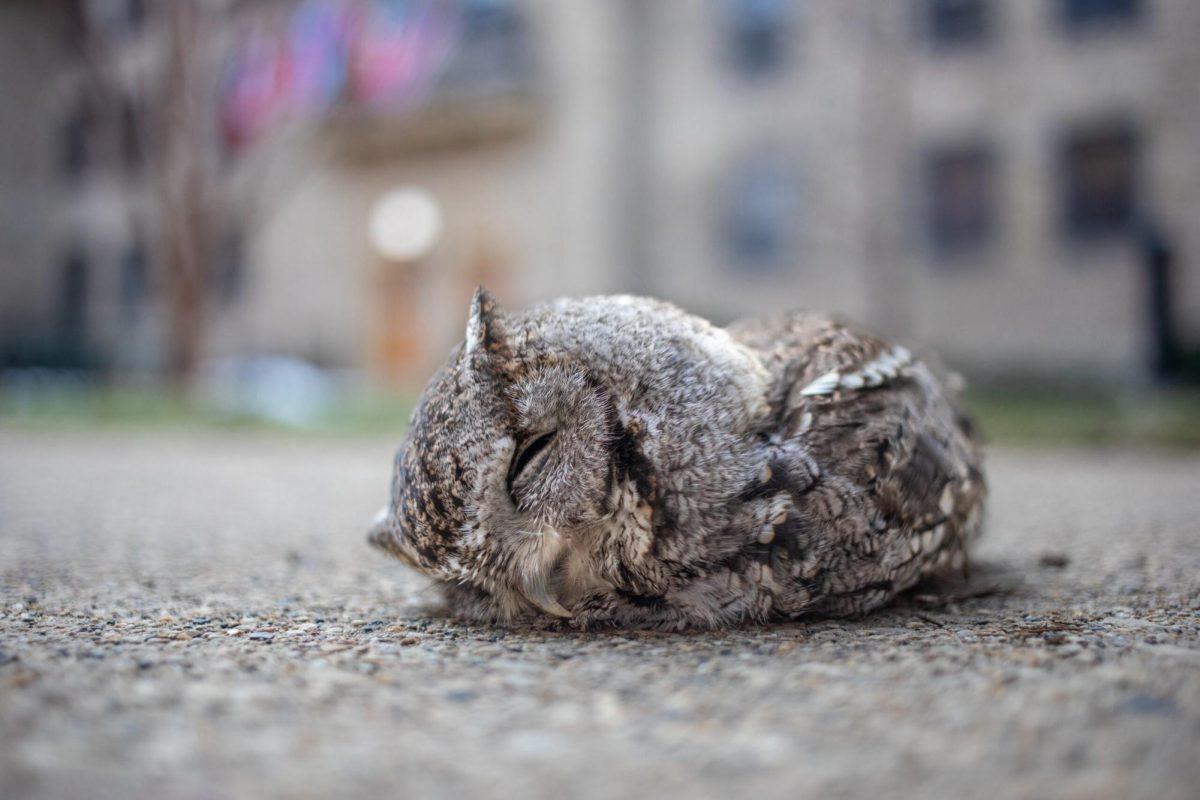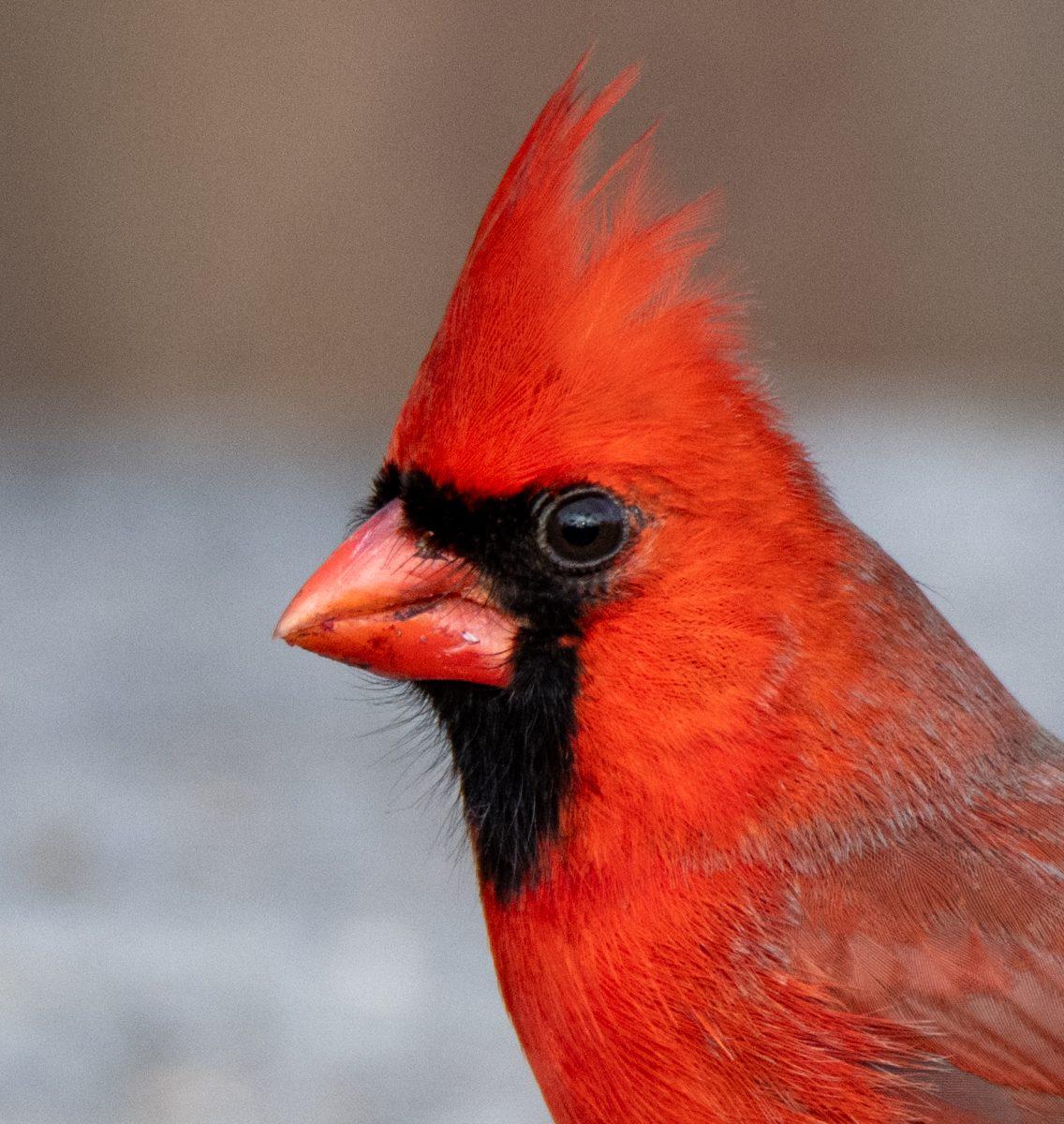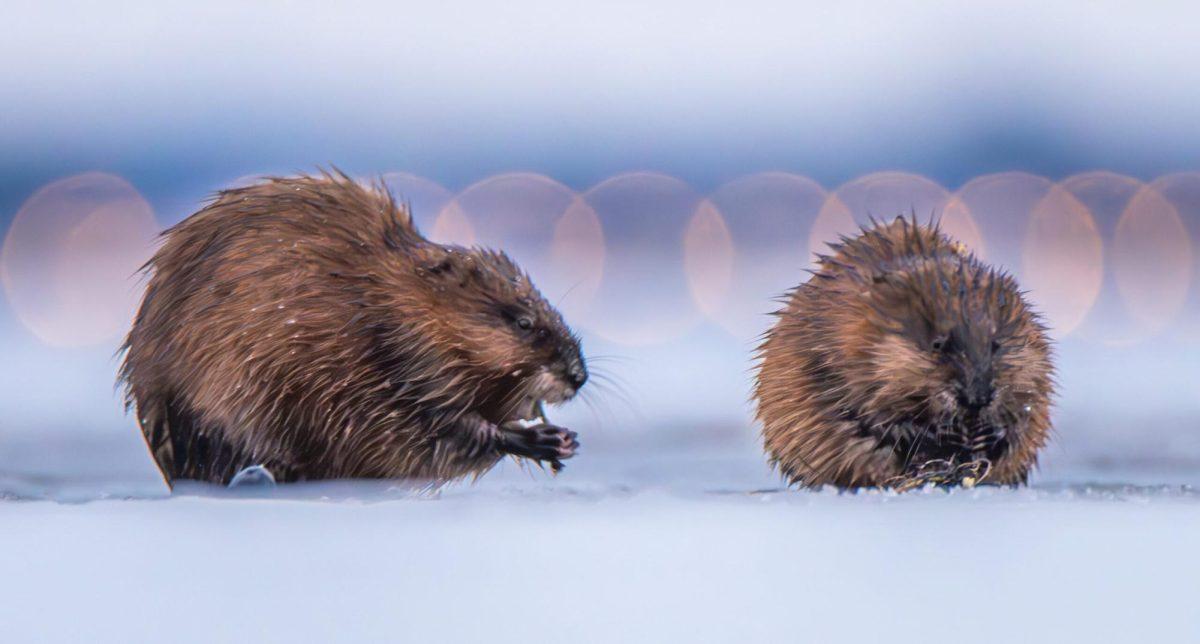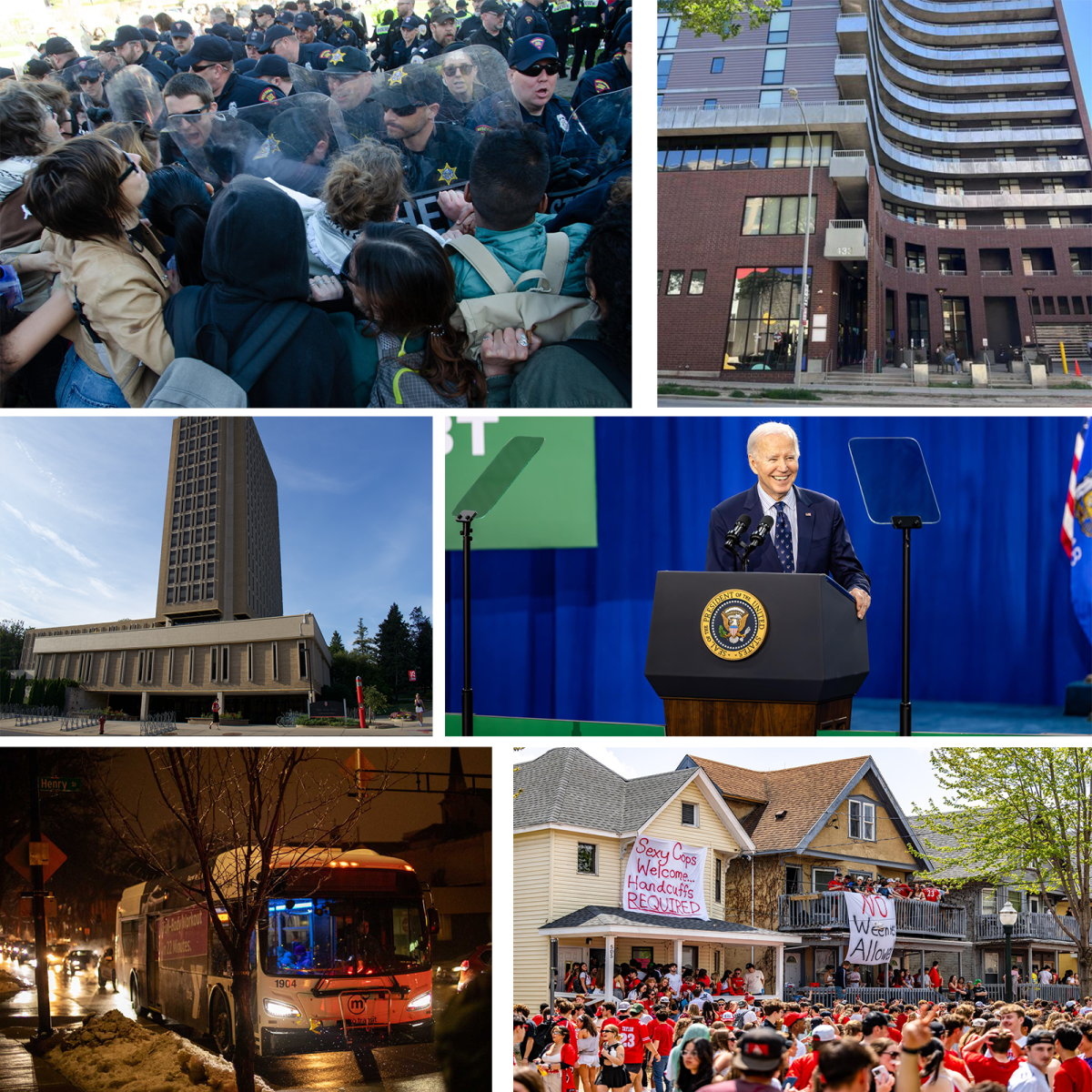In the heart of Madison, two red tailed hawks have turned the Wisconsin State Capitol into their hunting ground.

This pair of birds is frequently spotted flying around the stone building and perching on its rooftops. Their acute vision allows them to easily spot prey on the surrounding lawns — rats and squirrels are their food of choice.
Characteristics of the city life, such as abundance of food, high perches, and lack of competition help these birds excel. But there’s more to the story of wildlife in Madison’s urban environment.
The Lakeshore Path acts as a small wildlife refuge within the city landscape, and in the spring, it is vibrant with life. One can find kingfishers diving for food in the water, herons stalking their prey, and over 30 species of warblers singing songs in the trees.
As winter rolls in, the absence of migratory birds can make Madison feel dead, but a closer look reveals that it’s just as alive as ever. Red foxes are spotted walking through Camp Randall, muskrats are seen huddled on the frozen lake, and raccoons are found all over the city searching for food.

Animals like these didn’t evolve to live in cities, and while some may be thriving, others are not. As cities encroach upon animals’ natural habitats, it becomes more difficult for many to survive in a landscape with busy roads, thousands of people and disruptive construction projects. The scarcity of continuous wilderness exacerbates this struggle for survival.
As human civilization expands, our wildlife is given a choice: either adapt to urban life or move out.
Urbanization and adaptation
Professor of climate change ecology at the University of Wisconsin Benjamin Zuckerberg focuses his research on how wildlife adapts to environmental changes. Rather than considering urban wildlife just to be what remains after human development, Zuckerberg has a different mindset.
“There’s been a push in some ways to actually value biodiversity within human areas in of itself, not necessarily thinking about it as some sort of subset of what is the broader biodiversity,” Zuckerberg said.
The group of urban dwellers that live in Madison represent their own city-based ecosystem that is unique to what is found inside any forest or national park.
Zuckerberg said that some species are not only surviving, but prospering in urban areas.
One example of this prosperity can be found in Cooper’s hawks. These raptors are frequently spotted perched atop Madison buildings and have seen a significant rise in population in urban landscapes over the past several decades, according to UW News.

“These are what would be normally thought about as forced adapted birds,” Zuckerberg said. “Some studies have suggested they actually do better in urban areas than in non-urban areas.”
Garbage disposed of by humans provides a food source that supports rodent populations, so Cooper’s hawks can very easily find prey. Cooper’s hawks are synanthropic, meaning they benefit from living close to people and human activities. The ability to find shelter in urban environments, be active at night, and take advantage of supplemental food are all common traits of city dwellers.
The UW Urban Canid Project
Amongst the most elusive of these synanthropic animals are coyotes and foxes, according to the scientific journal Environment and Planning E: Nature and Space. Even though their ranges cover nearly every city in the United States, surprisingly little is known about their habits, according to the Public Library of Science.

Urban wildlife researcher and professor of wildlife ecology David Drake created the UW Urban Canid Project in January 2014 after sightings of red foxes and coyotes were reported on the UW campus.
The study — which aims to understand behaviors of foxes and coyotes to reduce human-wildlife conflict proactively — revealed the two types of canids were active at the same times of day, but in different habitats.
“Coyotes live in the cities, but they typically will concentrate their areas in urban green spaces like UW Arboretum or Lakeshore Nature Preserve,” Drake said.
Another finding of the study is that urban landscapes offer such an abundance of food that the two canid species do not need to compete in the same way they do in rural areas, Drake said. This means urban coyotes have no reason to kill foxes to limit competition, so they can coexist fairly successfully.
While many animals have been successful adapting to an urban lifestyle, many others have not.

Urban hazards
A gray eastern screech owl was found dead in the courtyard of Adams Residence Hall Feb. 2. The small owl had been roosting in a nearby tree for months prior to the event and was well-loved by students, according to members of the UW–Madison Audubon Society. Members of the group concluded the cause of death to be a recent window collision.
Glass windows are one part of human built environments that pose threats to aviary wildlife, according to the National Audubon Society. Between 365 and 988 million birds are killed every year due to building collisions in the U.S., according to a systematic analysis from Ornithological Applications.
Busy roads and fast cars are also hard for animals to adapt to, and are a primary reason why large mammals like cougars and wolves avoid urban areas, according to the Wisconsin Department of Natural Resources. Predators like these rely on large, contiguous stretches of wilderness to travel and find food, according to the Public Library of Science — a lifestyle that is not conducive to growing urban landscapes.
Though many urban hazards pose threats to wildlife, there are ways to create city infrastructure that supports biodiversity. And work is already underway to make Madison and the UW campus more wildlife friendly.
A wildlife friendly future
In the recently constructed Bakke Recreation Center, along with many other new buildings, the windows are covered in small dots so they are more visible to birds.

Last year, the City of Madison announced it would remove over 50 miles of roads from its winter salt route to protect clean water and aquatic life, according to previous reporting from The Badger Herald.
Additionally, some UW buildings now have green roofs — vegetative surfaces that help manage stormwater and provide habitat for urban wildlife, among other environmental benefits.
These improvements all help make Madison a better home for wildlife. But, there is more to be done to create an ecosystem that better considers the needs of wildlife in an increasingly urbanized world.
“There’s a lot of unmet potential in creating and enhancing and managing habitat in urban areas”, says David Drake. “Typically, if you have ribbons of green space that are moving through a city, […] coyotes will move along that green corridor.”
Green corridors — which contribute to the contiguous wilderness areas that large predators need to survive — are certainly lacking in Madison. But they are not impossible to attain. In fact, the Capital Area Regional Planning Commission has mapped out corridors in the Dane County Area based on both human developments and natural features.

With growing human populations living in urban or urbanizing areas, focused efforts to protect wildlife have to become a priority in order to preserve the integrity of broader ecosystems, according to Zuckerberg.
“There’s no doubt that we will become an increasingly urbanized world,” Zuckerberg said. “And because of that, we should value that biodiversity within our cityscapes as well.”















